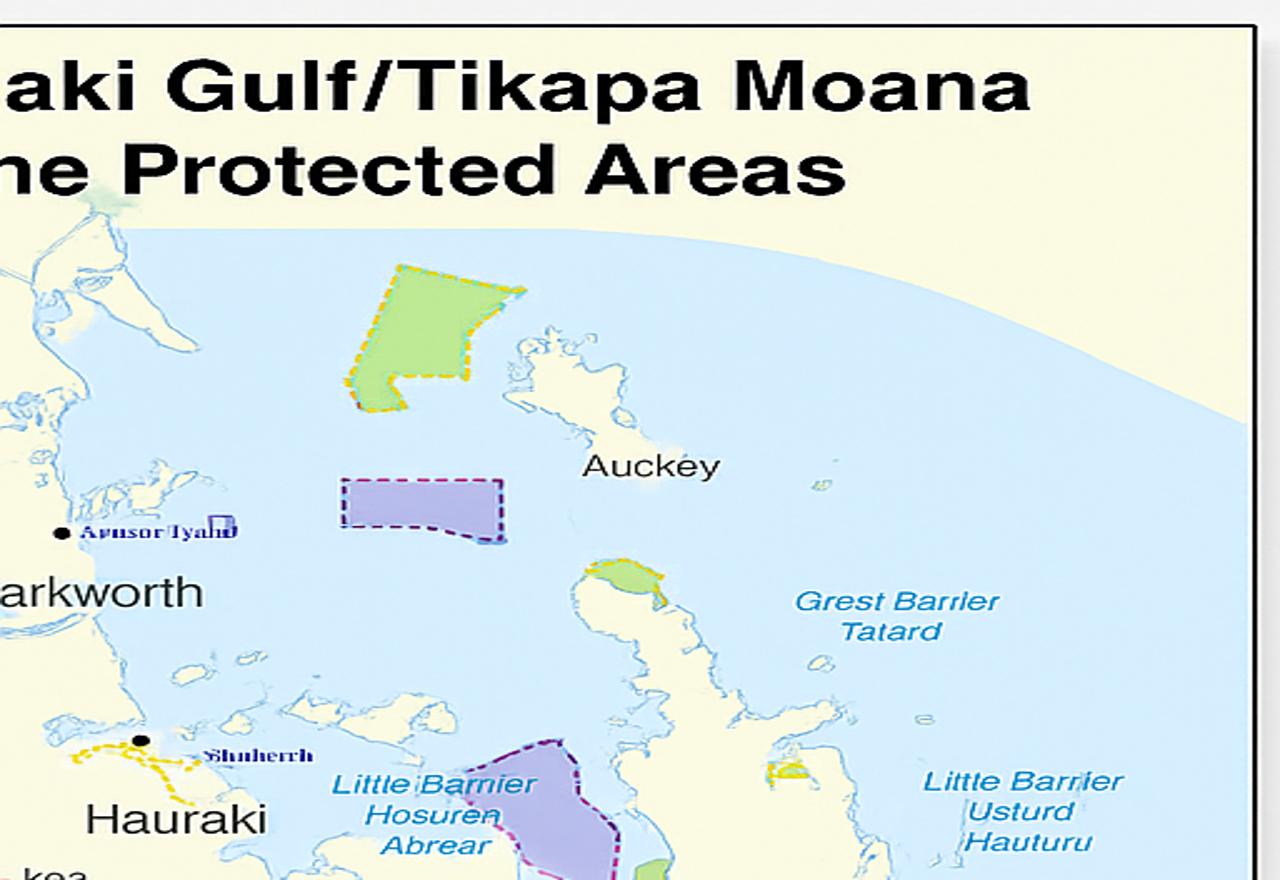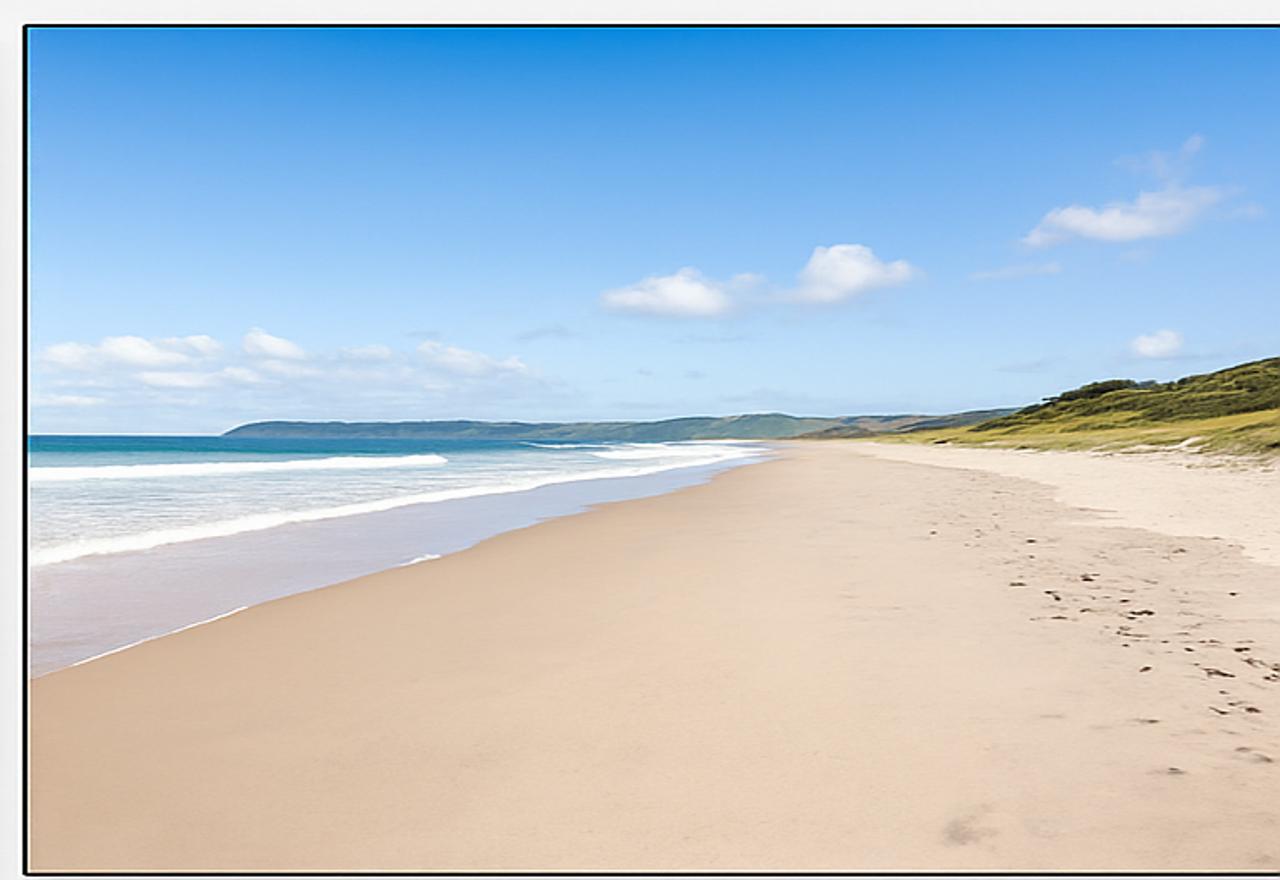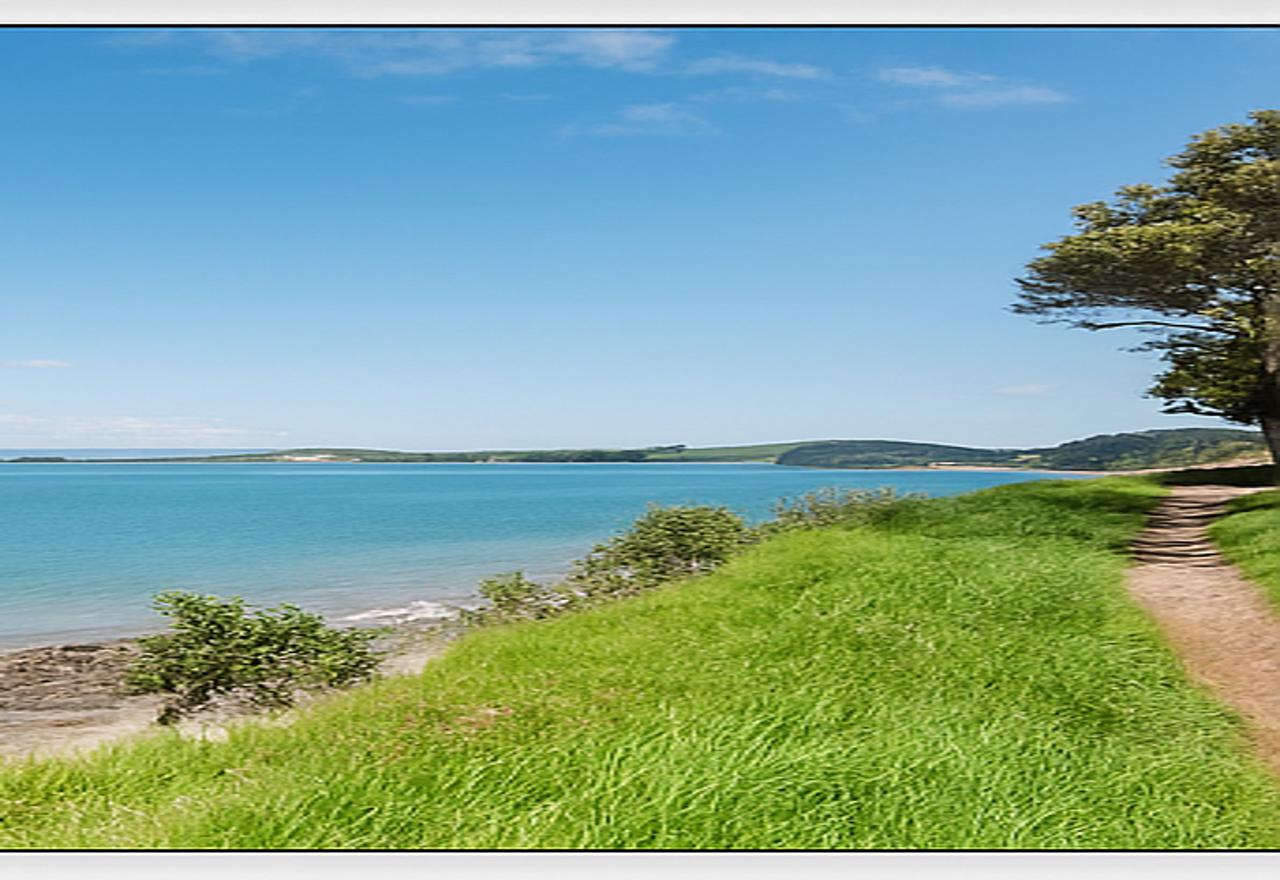New Era for Fishing in Aotearoa: What the October 2025 Rule Changes Mean for Fishers and the Environment
Matakana Coast App
24 October 2025, 8:02 PM
 “Map showing the newly established High Protection Areas (HPAs) and Seafloor Protection Areas (SPAs) across the Hauraki Gulf / Tīkapa Moana, effective 25 October 2025.”
“Map showing the newly established High Protection Areas (HPAs) and Seafloor Protection Areas (SPAs) across the Hauraki Gulf / Tīkapa Moana, effective 25 October 2025.”Fishing in New Zealand has entered a new chapter. On 25 October 2025, the landmark Hauraki Gulf/Tīkapa Moana Marine Protection Act comes into full effect, representing the country’s most significant increase in marine protection in over a decade. Doc.govt.nz+1 For recreational fishers, businesses connected to the sea, and local communities, the implications are substantial.

“The serene coastal waters near Pākiri and Leigh areas central to Northland and Rodney’s fishing and recreation culture.”
What’s Changing
Under the new law, parts of the Hauraki Gulf region will be designated as High Protection Areas (HPAs) and Seafloor Protection Areas (SPAs), alongside the expansion of two existing marine reserves. In these zones:
- HPAs see prohibitions on almost all commercial and recreational fishing and shellfish gathering (aside from customary take) from the date of enforcement.
- SPAs protect seabed habitats and allow activities that do not significantly disturb the seabed (e.g line-fishing may still be allowed in some SPA zones).
- The scope of no-take and protection zones will nearly triple the protected area in the Gulf region.
- Meanwhile, across the country, the standard recreational rules bag limits, size limits, licence requirements remain integral.
Why It Matters
The Hauraki Gulf has faced mounting ecological pressures: sedimentation, nutrient runoff, declining kelp forests, ‘kina barrens’ (where urchins over-graze kelp) and depleted fish stocks.
The new protections aim to restore the health and mauri (life-force) of the Gulf, acknowledge the role of tangata whenua as kaitiaki (guardians), and ensure future generations enjoy a healthy marine environment.
What It Means for You
- If you fish recreationally: check whether your fishing spot lies within one of the newly designated HPAs/ SPAs. If so, avoid taking fish or shellfish in that zone. Ensure you have the correct licence, and stay up-to-date with size and bag limits.
- If you operate a charter boat, tackle shop, tour business: update your maps and client-briefs. The law requires signage, boundary integration into chart-plotters, and education of users.
- If you’re involved in commercial fishing: the law’s carve-out for ring-net fishing in two HPAs has sparked debate. You’ll need to keep abreast of any transitional arrangements and compliance requirements.
- If you’re a community stakeholder or environmental advocate: the protections represent hope for recovery but the work is just beginning. Enforcement, monitoring, addressing land-based pressures and communicating with fishers will all matter.
Practical Tips for the Field
- Download the latest boundary files (GPX/KML) from the Department of Conservation for HPAs/SPAs in the Gulf. https://www.doc.govt.nz/our-work/maps-and-data/
- At boat ramps and access points, look out for new signage about no-take zones.
- Stay informed about size limits and bag limits for your region via the Ministry for Primary Industries website.
- Consider incorporating the new rules into your business advisory services: e.g charter operators advising clients, gear retailers updating signage, local councils including fishing compliance in community education.
- Emphasise the longterm view: the benefits (higher biomass, healthier ecosystems) will accrue over years, not weeks.

“A new dawn over the Rodney coast — symbolising a new era for sustainable marine stewardship.”
Challenges Ahead
While the legislation is ambitious, some voices warn that it doesn’t address all pressures equally for example, commercial fishing impacts, land-based sedimentation and pollution still threaten fish stocks irrespective of protection zones. Moreover, compliance and enforcement will need to scale up: the new zones are only as good as how well users follow the rules and how well authorities monitor activity. Finally, balancing recreational access, commercial interests and ecosystem protection will remain politically and socially complex.
Conclusion
For fishers, and for the businesses and communities connected with the sea, the changes coming into force today mark a pivot point. They signal a shift from “business as usual” to a future where careful stewardship of marine resources is front and centre. If you’re one of the many anglers walking the coastline at dawn, heading out for a days fishing or running a sea based business, now is the time we need to adapt, recalibrate and engage.



